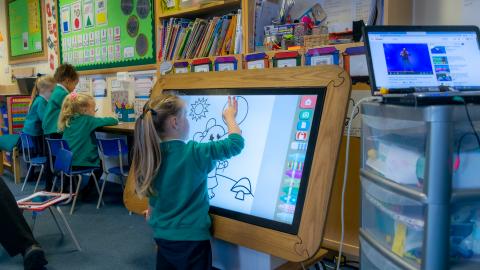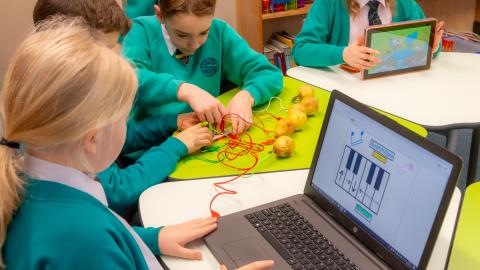The wider use of emerging technologies is important in order to enhance teaching and learning in schools. Access to the internet using a wide range of devices is considered essential and plays a major role in any learner’s development. Schools need to have good management processes in place to ensure safe and effective use of the Internet by staff, pupils and other stakeholders.
Use of technologies within school and at home is continually expanding and has become an integral part of learning and communication. The Internet brings pupils into contact with a wider range of information, the scope and nature of which may or may not be appropriate for the pupil.
Using the Internet is now an everyday occurrence for most adults and children. With ever expanding new technologies such as blogs, social networking spaces, online chat and mobile phones to name a few children are using technology in a way never seen before. The increased use and reliance of technology at school and home also exposes children to a number of risks and dangers. In its simplest form online safety is about ensuring children use new technologies in a way which will keep them safe without limiting their opportunities for creation and innovation. The schools e-safety policy is part of the schools safeguarding policy and school aims to update it regularly in this ever changing area. The need for an e-safety policy There is evidence that the digital world is having an impact on the welfare of children and young people and those that work with them. There are related risks and these impact upon the school curriculum. The Byron review - makes a case for "empowering young people to manage risks and make the digital world safer" and identifies on-line risks as being problematic because of their anonymity and ubiquity.



